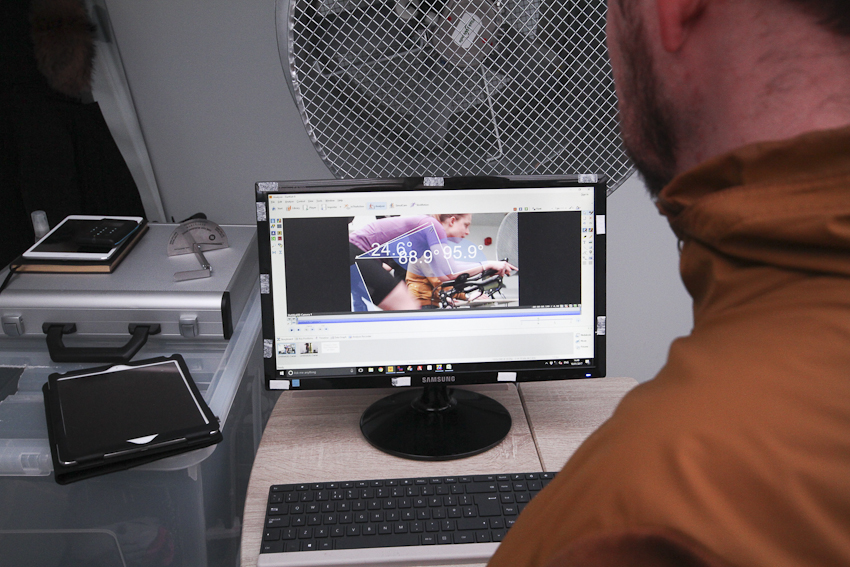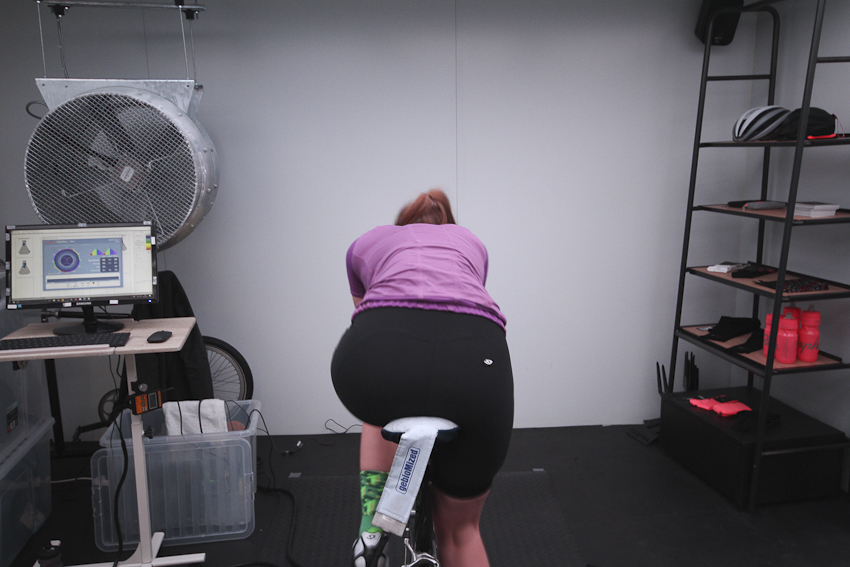“We want to get people out of the idea that bike fit is something you do once and then never again. It’s more like a trip to the dentist, you go back for check-ups,” says Lee Prescott when I turn up at the Rapha Cycling Cafe in Spitalfields for my ‘Cycling Health Check’.
Prescott is the creator or the Clinical BikeFit protocol, and I’ve met him before at his studio – Velo Atelier, where bike fit is supported by clinical assessment. At these ‘Cycling Health Checks’, the frame builder and expert in ergonomics works with Alice Monger-Godfrey – an ex-pro rider who is the osteopath for team Dimension Data. Together, in ‘The Vault’ downstairs at Rapha, they look at how rider’s bodies are working, and how they’re interacting with their bikes.
“But we’re very asymmetric as humans. So when we strap ourselves into a symmetrical bike we got problems.”
The ‘Bike MOT’ begins with an assessment from Monger-Godfrey. She prods my back, asks me to put myself into various contortions and to ‘push against my hand’ (all stuff you’ll be used to if you’ve seen a few physios).
As she does so she explains: “People always think cycling doesn’t result in many injuries because it’s not weight bearing. But we’re very asymmetric as humans. So when we strap ourselves into a symmetrical bike we get problems. That’s why I wanted to do this – to combine my work with bike fit to help people get comfortable and cut down on repeat injuries or niggles.”













